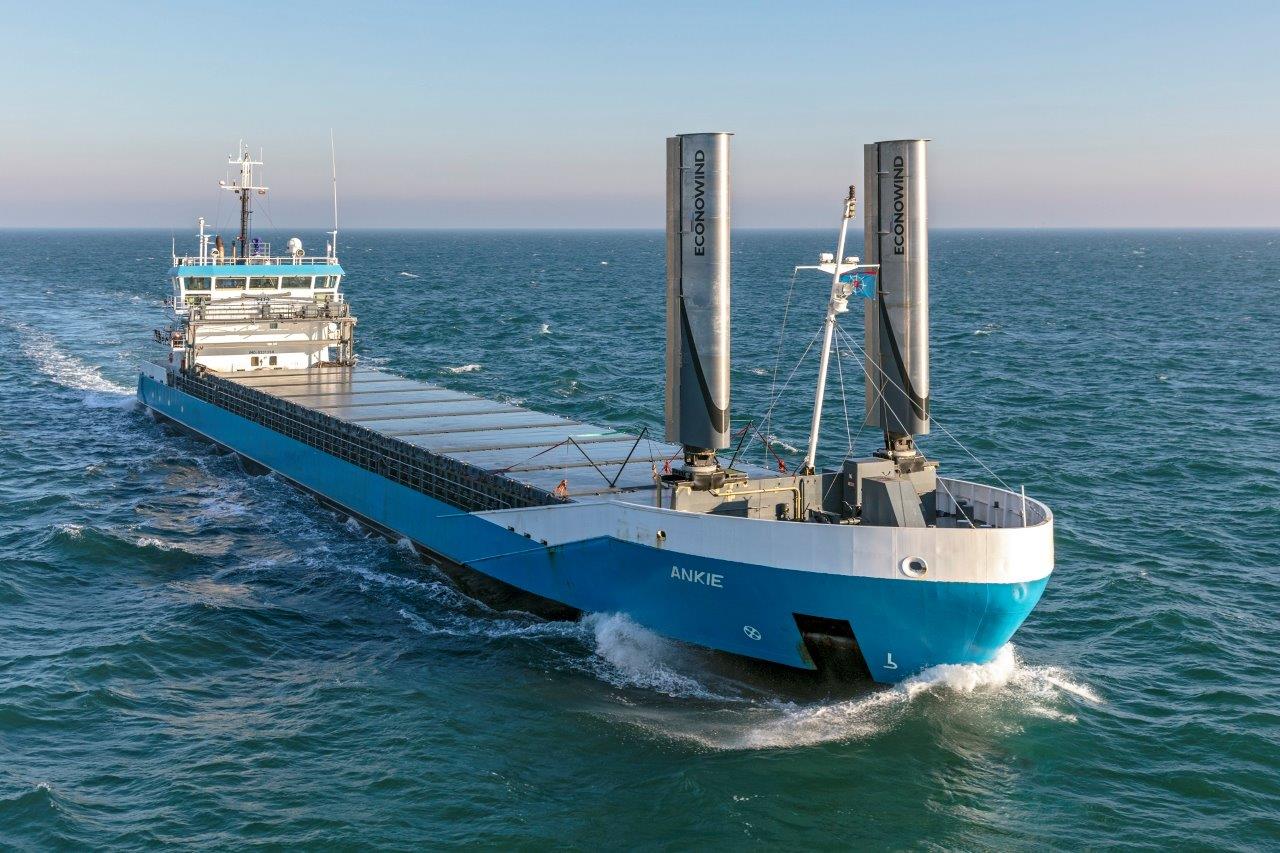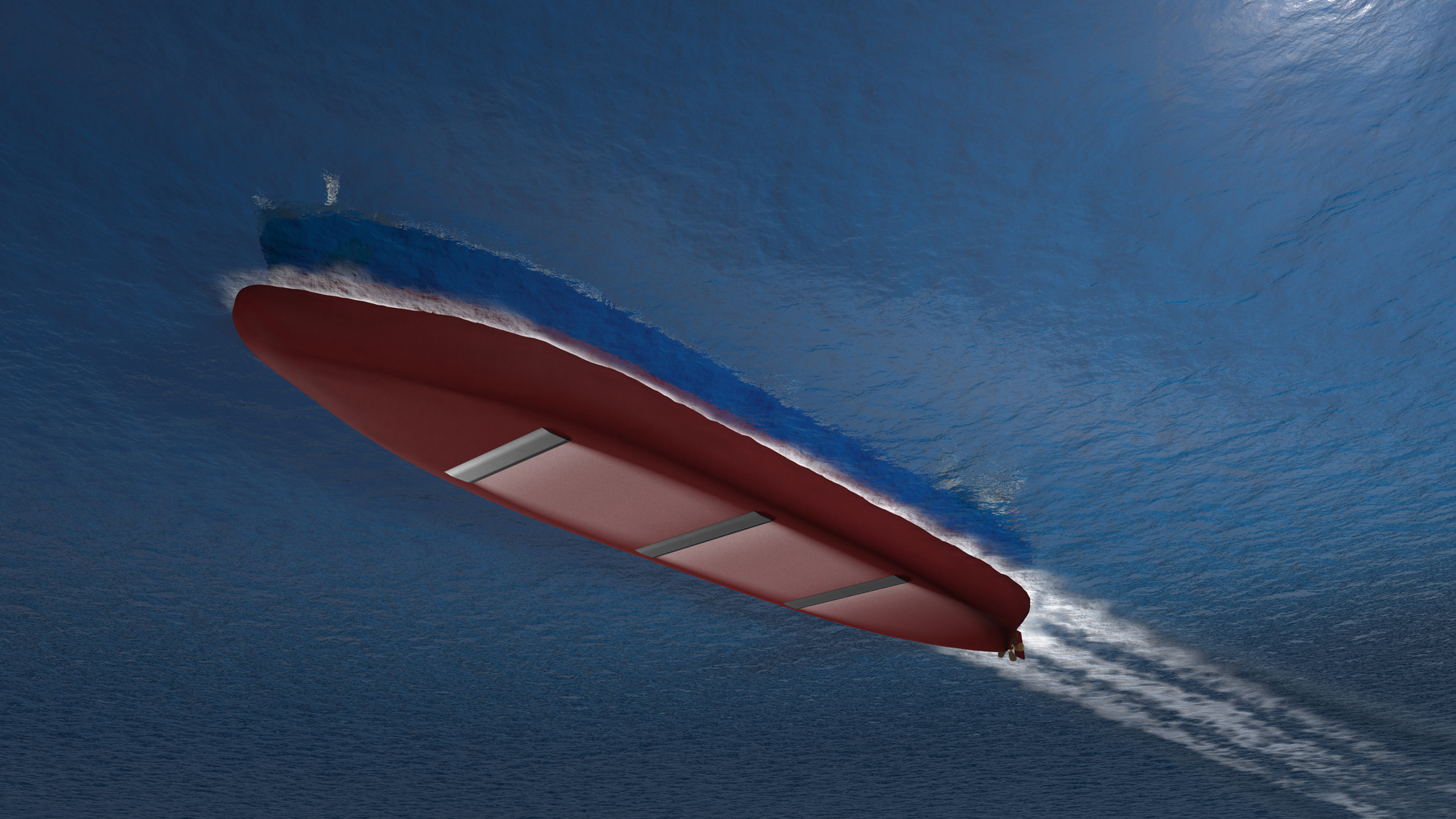AN accident investigation report from the UK has highlighted potential safety dangers with vessel designs established to reduce fuel bills.
A report from the UK Marine Accident Investigation Board on the collision of a modern car carrier and a European ferry has pointed conclusively to the hemispherical bridge design of the car carrier leading to the pilot becoming disorientated and misgauging the ships position.
The 2011-built City of Rotterdam was departing from Immingham and collided with the inbound DFDS ferry Primula Seaways in the River Humber in 2015.
City of Rotterdam has a distinct rounded forward design aimed at reducing wind resistance and cutting fuel consumption.
However the MAIB report states the circular bridge window layout meant the pilot was left unware of the vessel’s real track over the ground in the River Humber, which led to the eventual collision with the DFDS ferry.
The MAIB reports:
City of Rotterdam’s hemispherical bow was designed to reduce wind resistance and carbon emissions and to provide better fuel economy. A consequence of the bow’s shape was that the vessel’s bridge was of unconventional design. Only the front window on the centreline was perpendicular to the vessel’s fore and aft axis.
The angular difference between the centre window and the off-axis windows above the VHF radios mounted on the forward bulkhead was 33°. The windows also sloped inwards from the bottom at an angle of 55°. None of the vessel’s bow canopy was visible from the bridge.
The report is also critical of the bridge teams of both vessels, and the local vessel traffic management team in the port, for not understanding and acting sufficiently as the car carrier sailed off its intended track.
There were no injuries and no pollution as a result of the collision, with both vessels able to sail into Immingham under their own power.
The full report can be found on the MAIB website.
Fathom News
editor@fathom-mi.com
































